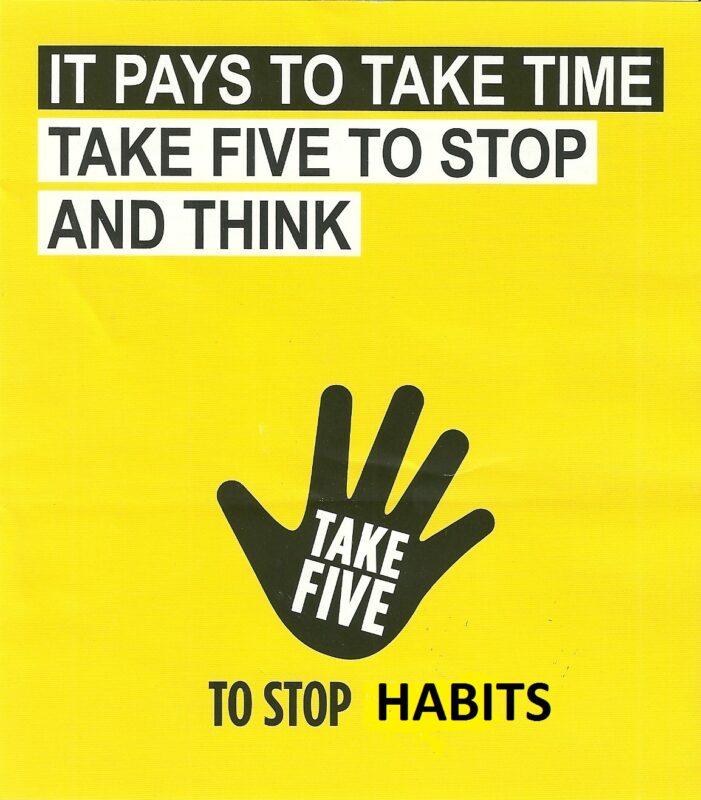Habit
Habit, in the Oxford Dictionary of Psychology is defined in several ways but the two most relevant here are: ‘Generally a learned act…’ and ‘A Pattern of activity that has, through repetition, become automized, fixed and easily and effortlessly carried out‘
Our habits allow us to perform familiar tasks quickly, without much conscious thought. They make actions easier to carry out and often seem comfortable – even when we know they are unhelpful and may be causing problems!
Eminent psychologist William James urged us to be aware of habits before they get fixed – “Could the young but realize how soon they will become mere walking bundles of habits, they would give more heed to their conduct while in the plastic state“.
“We first make out habits, then our habits make us” John Dryden
We all have habits and many of them tend to be unconscious once fixed, so we are unaware of them and they are indeed ‘unseen’ by us as Dryden pointed out. It is these unconscious habits that often mean that we mis-use ourselves and our bodies, so that we end up performing tasks in an unthinking, habitual manner. Thus can result in our developing aches and pains for instance. These patterns of mis-use can be addressed in Alexander lessons, where we can learn to loosen the bond between a stimulus and our habitual response to it.
F M Alexander discovered when he was developing his eponymous technique that it is very hard to let go of our habits, even if they don’t serve us. As soon as anyone has an idea of performing an action they begin “to do the act in the habitual way’ because the ‘faulty habits feel right‘. Alexander realised that the only way to change how we perform actions involves ‘giving up the lifelong habits of use that go with it, and employing in its stead a new use which feels wrong‘. In other words, our habits ‘feel right’ to us, even when we know they do not serve us.
“We can throw away the habits of a lifetime in a few minutes if we use our brains” ~ F M Alexander
In order to be able to let go of habits, Alexander developed the method, still used today in AT lessons, of giving people the experience of
1) “receiving a stimulus to gain a certain end and refusing to react to it, thereby inhibiting the unsatisfactory habits of use associated with his habitual reactions”.
2) “of projecting the directions for the new and more satisfactory use in their proper sequence… whilst the teacher at the same time with his hands makes him familiar with the new sensory experiences associated with this new use”. The Use of the Self – F M Alexander.
So how does the Alexander Technique help us change our habits? We start with changing our habits during activities such as sitting and standing. It’s surprising how many habits we all have that interfere with our making such simple movements! We can avoid many automatic reactions by inhibiting and giving ourselves directions. Then more complicated actions can be explored, such as using a mouse or picking objects up from the floor.
Stop, Think, Choose, Act
When we avoid unhelpful reactions and habits of body use, we become freer to act through choice, rather than just react with our habits. When these changes are incorporated into our daily lives we move with more ease and freedom, often losing many aches and pains. Alexander talked of our mental habits as being “mind grooves” and says that once the mind “is lifted out of the groove” we can “use the old path if we choose (but) we are no longer bound to it“.
There are some useful thoughts and ideas about how the AT can help us let go of old habits in the introductory AT book Body Breath and Being

Thanks to the Co-operative bank for the original design which I have adapted!